With the end of 2025 fast approaching, nonprofits hoping to benefit from federal solar incentives are facing a narrowing window to act before tax credits are phased out.
A recent webinar hosted by RE-volv, an equity-focused nonprofit that provides other nonprofits with solar financing, brought together policy and finance experts and community leaders to lay out how the One Big Beautiful Bill (OBBB) could impact nonprofits looking to go solar and explore ways that tax-exempt organizations can still take advantage of the tax credits before key provisions expire.
A provision in the Inflation Reduction Act enabled nonprofits to receive a 30% solar incentive through the Direct Pay process, which treats the tax credit as a refundable payment that even tax-exempt organizations can access.
But under the OBBB, several provisions like the 25D residential solar credit, 48E investment tax credit and 45Y production tax credits are set to phase out or become more restrictive starting next year. That’s why project developers and policy advocates alike are encouraging nonprofits to move as quickly as possible.
Alex Ward, senior director of regulatory affairs at SEIA, walked through the mechanics of Direct Pay and how recent legislation has changed the timeline for eligibility.
He explained that projects that begin construction after July 4, 2026, and are not placed in service by the end of 2027 may no longer qualify for 45Y or 48E. Plus, new restrictions tied to domestic content and foreign entity sourcing (also known as FEOC regulations) will be enforced beginning in January. This could potentially disqualify some projects or reduce the value of the credit.
However, for nonprofits, the more immediate concern is often that residential-scale projects like those typically developed by churches, schools and community organizations must be operational by December 31, 2025 to claim the full 30% credit under Section 25D.
Still, there’s some ambiguity in the language around whether systems need to be online or simply capable of operation by the end of the year. Sean Malone of Solar United Neighbors noted that most guidance points to the system being installed and capable of operation, not necessarily having full permission to operate, as being the threshold for qualification.
Beyond tax credit eligibility, simply accessing solar financing can be a key barrier. RE-volv is one group that tries to make the financing process easier to navigate regardless of whether nonprofits opt for loans, leases or power purchase agreements.
Either way, RE-volv’s Marques Mason emphasized that time is a key factor.
The end-to-end process (which includes submitting utility bills, designing a system, securing financing, contracting with an installer and receiving permission to operate) can easily take four to six months. RE-volv recommends nonprofits begin the process by August or September to stay on track for a 2025 completion.
That speed is particularly vital now, as a Treasury report is expected later this month with new guidance likely to follow.
Panelists agreed that the landscape will only get more complex. For nonprofits still on the fence, the speakers added, beginning the solar process now may be the best way to secure the full benefit of current incentives before eligibility narrows further.
Anna Adamsson of Clean Energy Group and Travis Landry of WestCare Wisconsin also shared nonprofit solar case studies from around the country.
This content is protected by copyright and may not be reused. If you want to cooperate with us and would like to reuse some of our content, please contact: editors@pv-magazine.com.
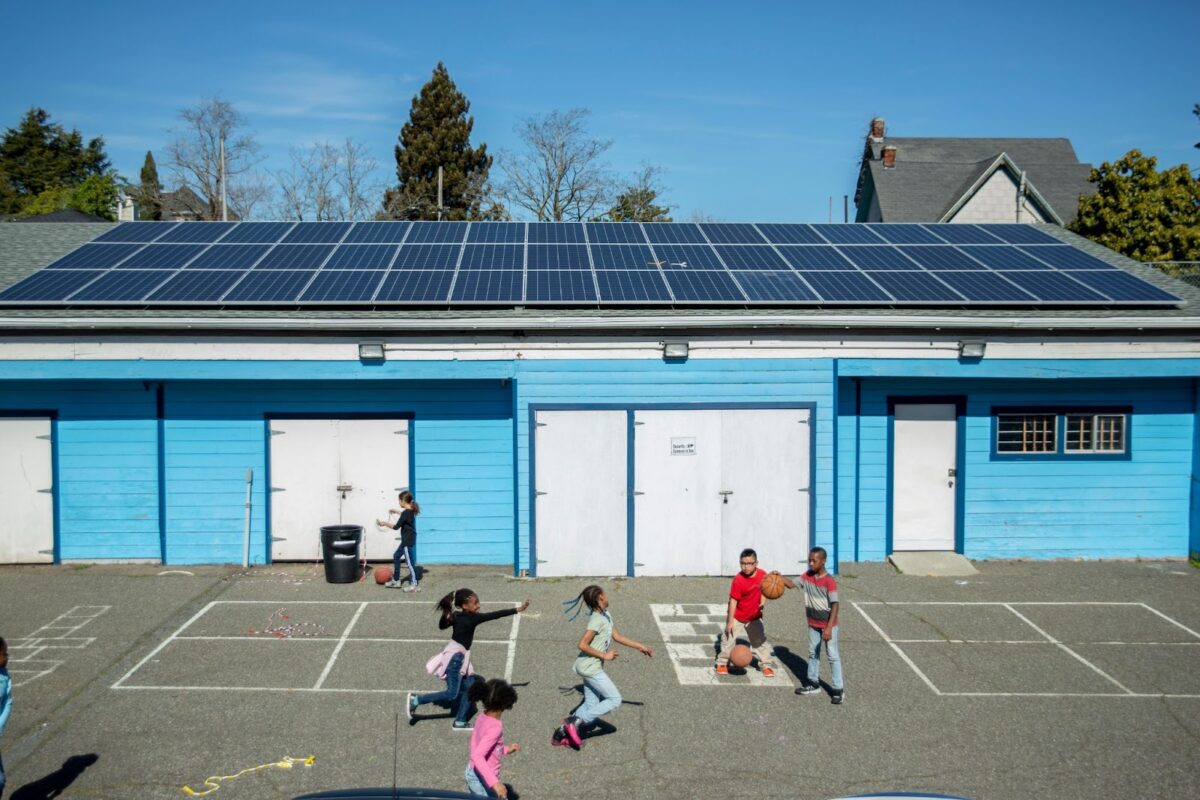
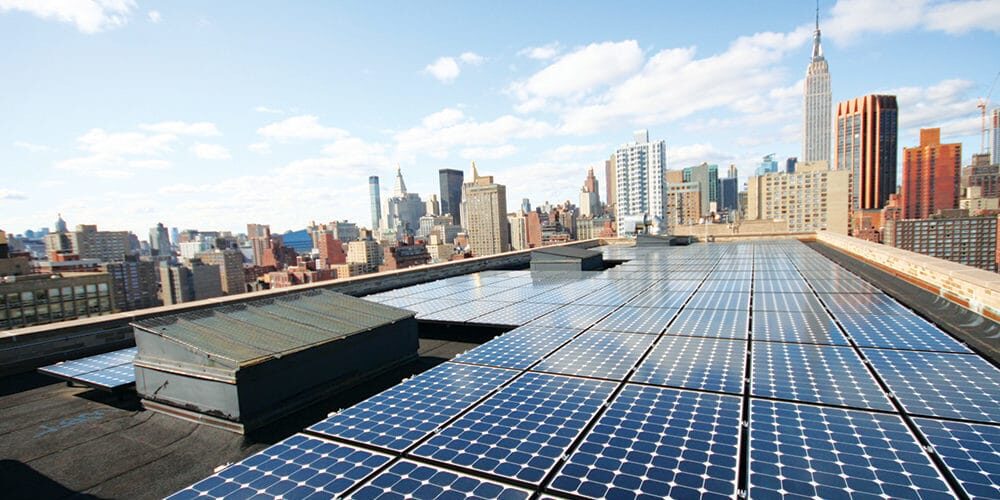


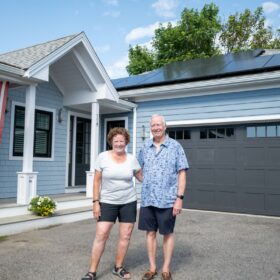


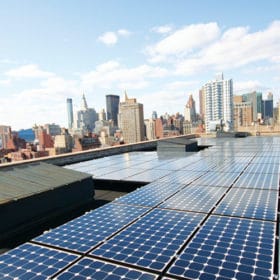
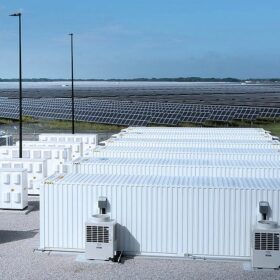
By submitting this form you agree to pv magazine using your data for the purposes of publishing your comment.
Your personal data will only be disclosed or otherwise transmitted to third parties for the purposes of spam filtering or if this is necessary for technical maintenance of the website. Any other transfer to third parties will not take place unless this is justified on the basis of applicable data protection regulations or if pv magazine is legally obliged to do so.
You may revoke this consent at any time with effect for the future, in which case your personal data will be deleted immediately. Otherwise, your data will be deleted if pv magazine has processed your request or the purpose of data storage is fulfilled.
Further information on data privacy can be found in our Data Protection Policy.